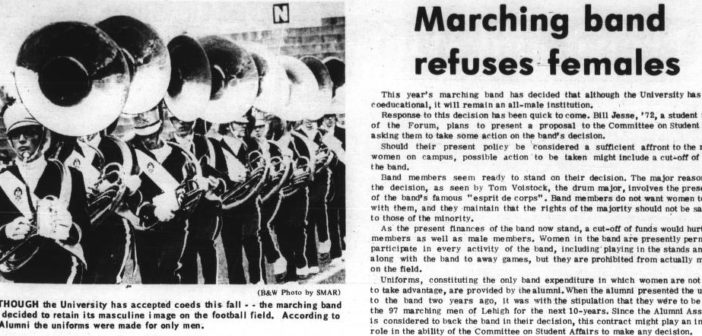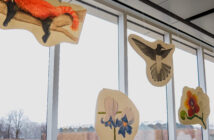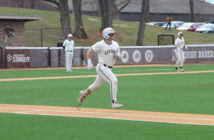Denese Henderson, ’76, like many students, had to miss class one day. When she returned to that class later in the week, she was met with a remark from her professor that she has not forgotten.
“Well, welcome back Miss Walters,” he said. “We know that you women often have to miss class during certain times of the month.”
Forty seven years ago, Lehigh admitted its first 100 women. Today, more than 2,000 female undergraduates are enrolled at the university.
From men’s attitudes to the number of female restrooms, many aspects of Lehigh’s community had to change when women arrived to campus.
Barbara Traister, one of the first female professors, said many men were scornful the university had admitted women. She remembers The Brown and White publishing editorials by male students who expressed discontent about the female presence. Other women recall receiving inappropriate and sexist remarks.
Traister, who was also one of the first female faculty members to become pregnant, said her male colleagues were not sure how to treat her. She said nobody looked at her below the neck or asked about the pregnancy.
“It’s not that they didn’t care, I discovered,” Traister said. “It’s just that they didn’t know how to handle it.”
Sybil Stershic, ’75, said another difficulty of being one of the few women at Lehigh was coping with the constant feeling of being watched. She described it as an uncomfortable feeling, while Traister compared it to being watched at a zoo.
Traister taught in the English department for 41 years. She said the few women in her classes spoke little among their male peers.
“They tended to sit in the back row up against the wall, and they would never speak in class,” Traister said. “They wrote very good papers often, but even though they had a women teacher, they didn’t want to say anything in front of all the men in the class, and there would usually be about four women and 25 men. And the women were almost always silent.”
Although the first women at Lehigh faced challenges because there were so few of them, some said there were positive outcomes to their experiences. Stershic said she benefited from being one of the few females in her classes. Now, she is comfortable in a room full of men because of the confidence she gained as a student at Lehigh.
“It prepared me for a career in business,” Stershic said. “You could be in a class and could count the number of women on one hand in the classroom because there were so few of us that first year. That helped me a lot because later on in my career, I would find that I was one of the few females in a management meeting or in a non-profit board meeting and I was never uncomfortable with that.”
Extracurricular activities played a large role in the Lehigh female experience. Stershic has many fond memories of being a Gryphon and a member of the Lehigh University Volunteers Council. In addition, Henderson participated in Mustard and Cheese Drama Society, work-study, cheerleading and other clubs.
Henderson said the few women on campus formed a close community.
“Because there were only six black women in my class, we all were very close,” Henderson said. “I would say there were some amazing guys who were very supportive of us and were protective of us.”
Henderson said Lehigh should honor some of the women in her classes in a way that makes them feel special.
Traister remembers the entrance of women at Lehigh as a time that allowed the campus community to grow and learn together.
“Our biggest triumph was staying and rising to positions in the administration, getting teaching awards and getting recognized for what we did,” Traister said.






Comment policy
Comments posted to The Brown and White website are reviewed by a moderator before being approved. Incendiary speech or harassing language, including comments targeted at individuals, may be deemed unacceptable and not published. Spam and other soliciting will also be declined.
The Brown and White also reserves the right to not publish entirely anonymous comments.
2 Comments
Lehigh reputation peaked in the 60’s & has been on a downhill slide since women arrived. Declined further since they changed the nickname to the high school generic bird.
You can decide if there is a correlation to either of these initiatives.
Definitely. With women in the classroom, the post-1970s Lehigh gentleman couldn’t bear to focus on his studies. His female classmate’s exposed ankle, well, that proved too much of a distraction. And our athletes. Our poor, poor athletes. They just didn’t show the same enthusiasm and exert the same effort in their sport after Lehigh changed its mascot. #AllMascotsMatter